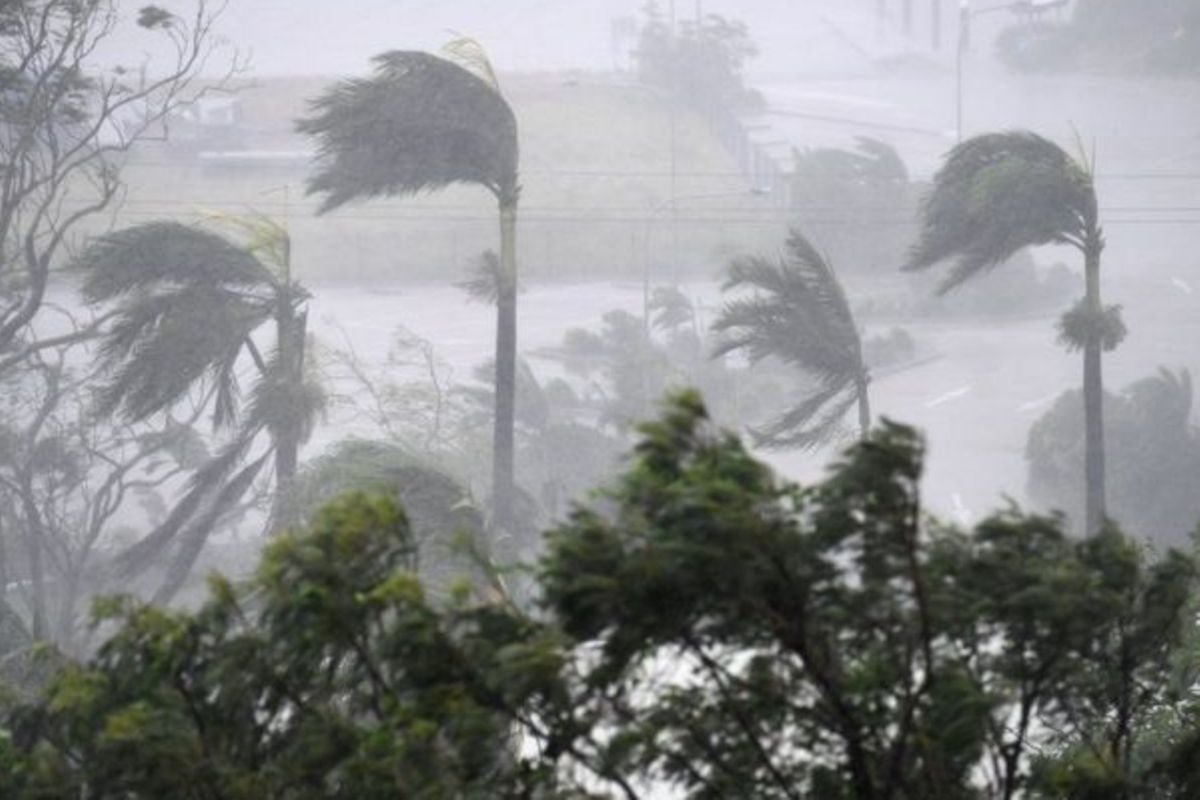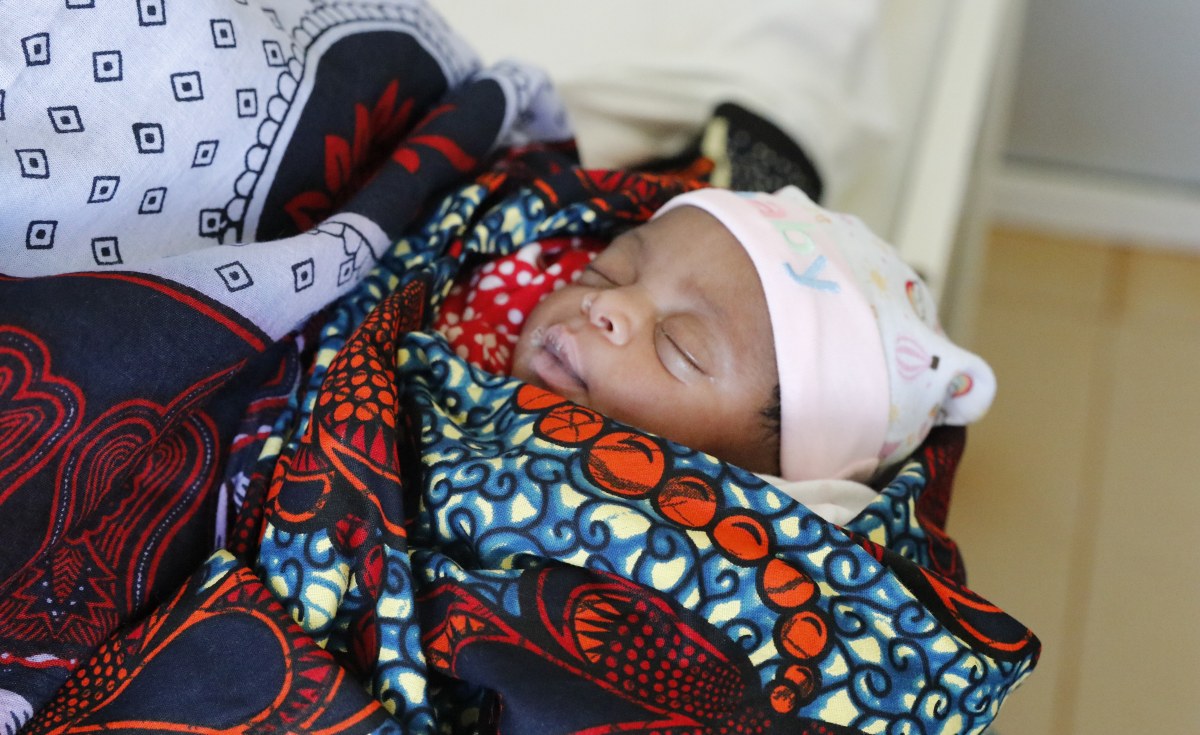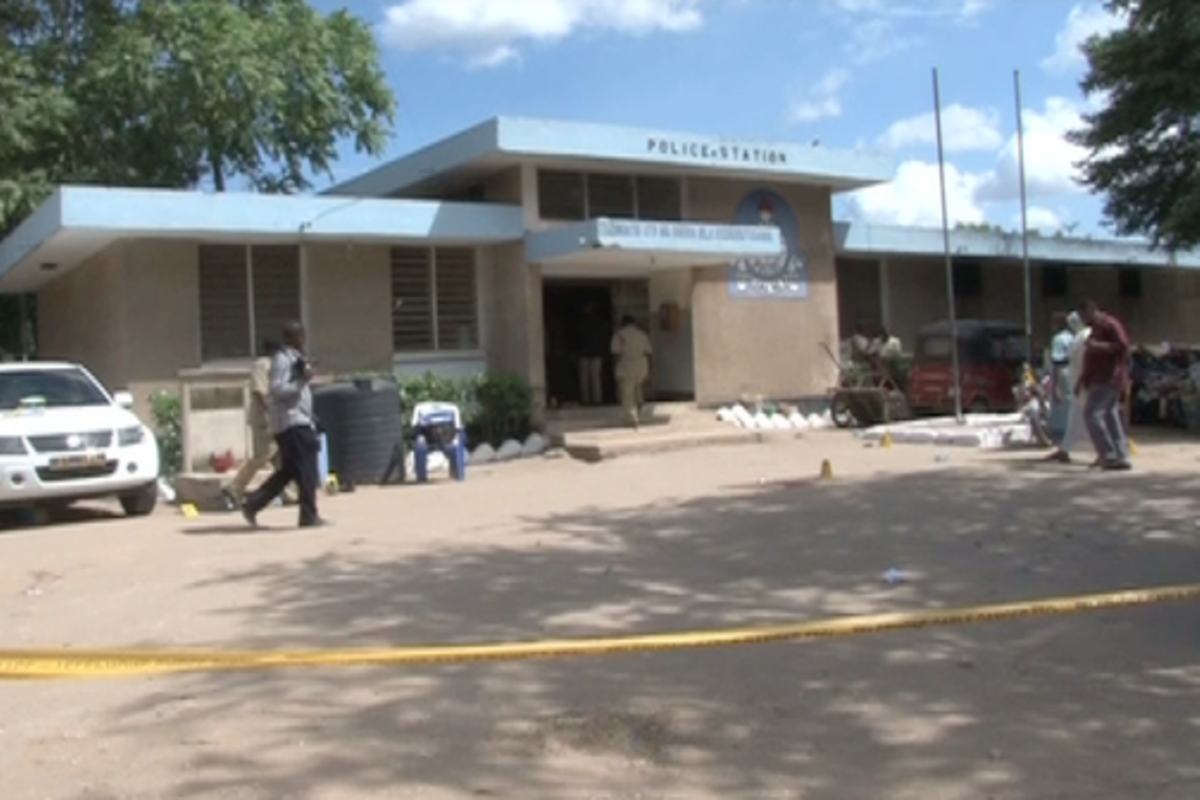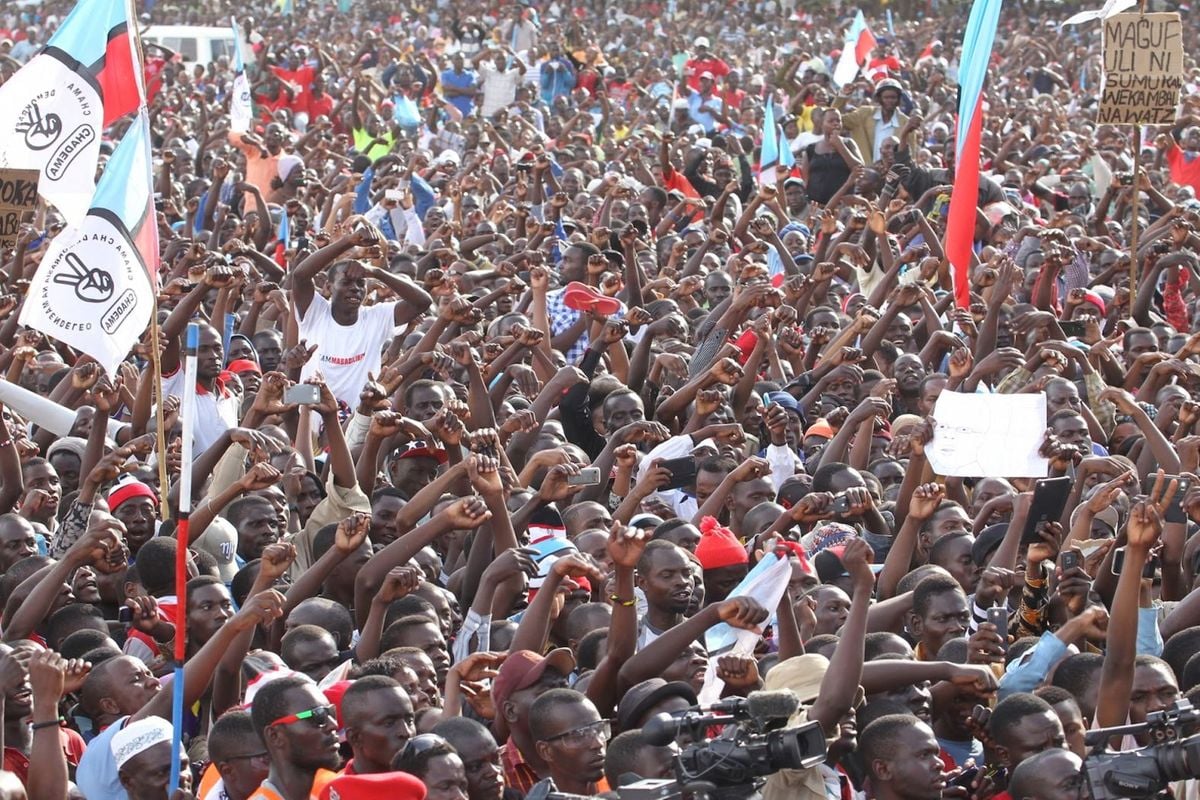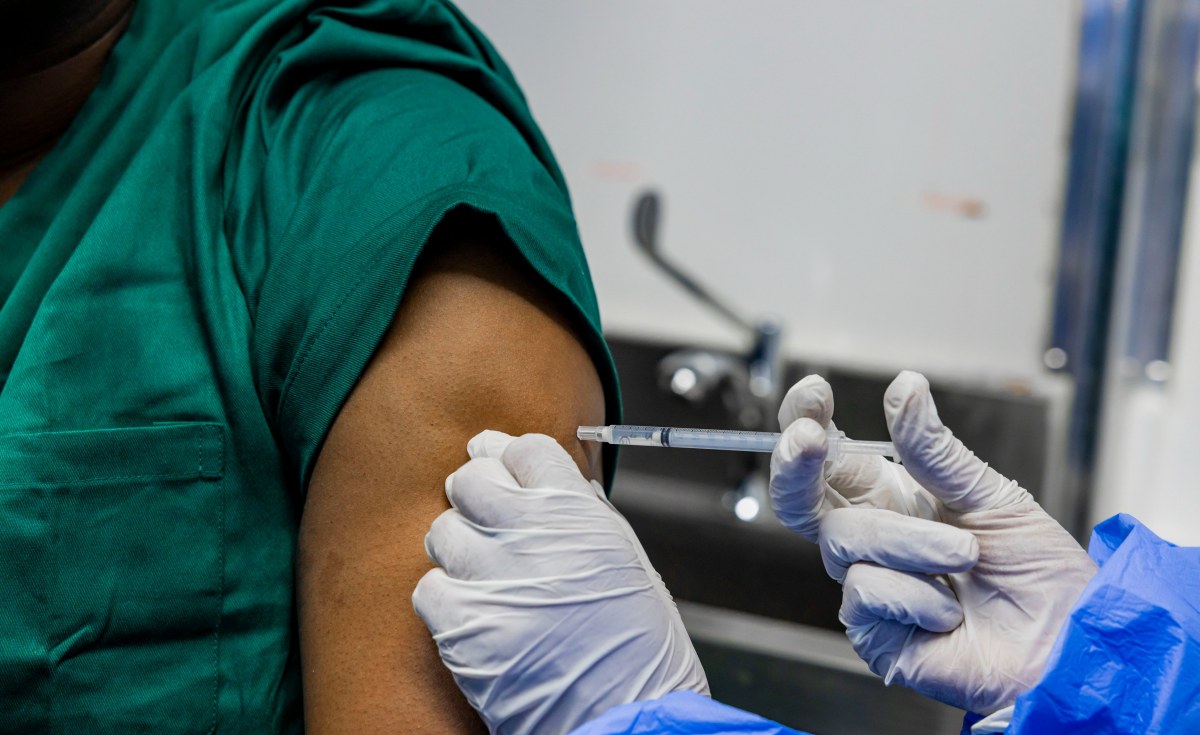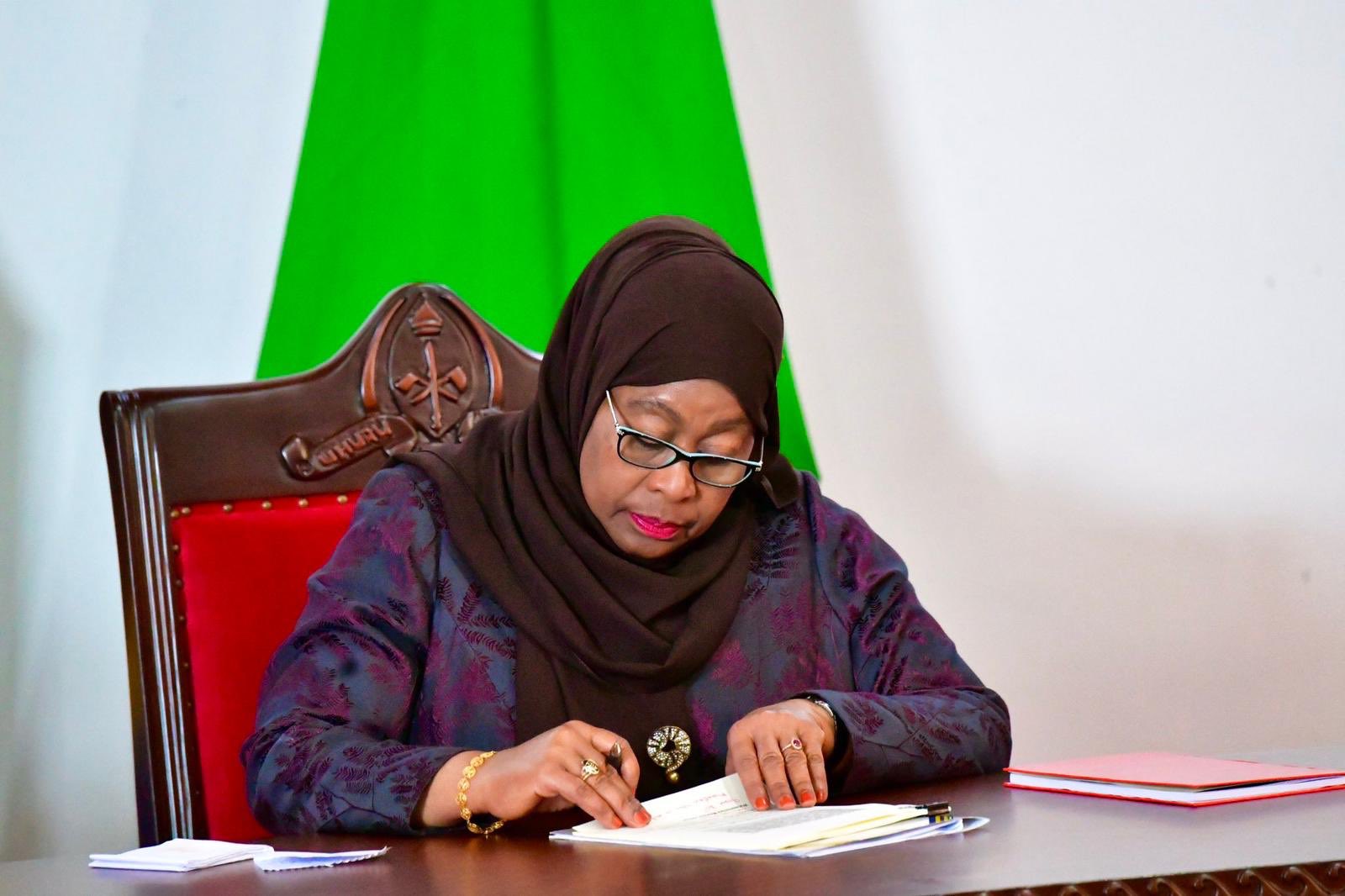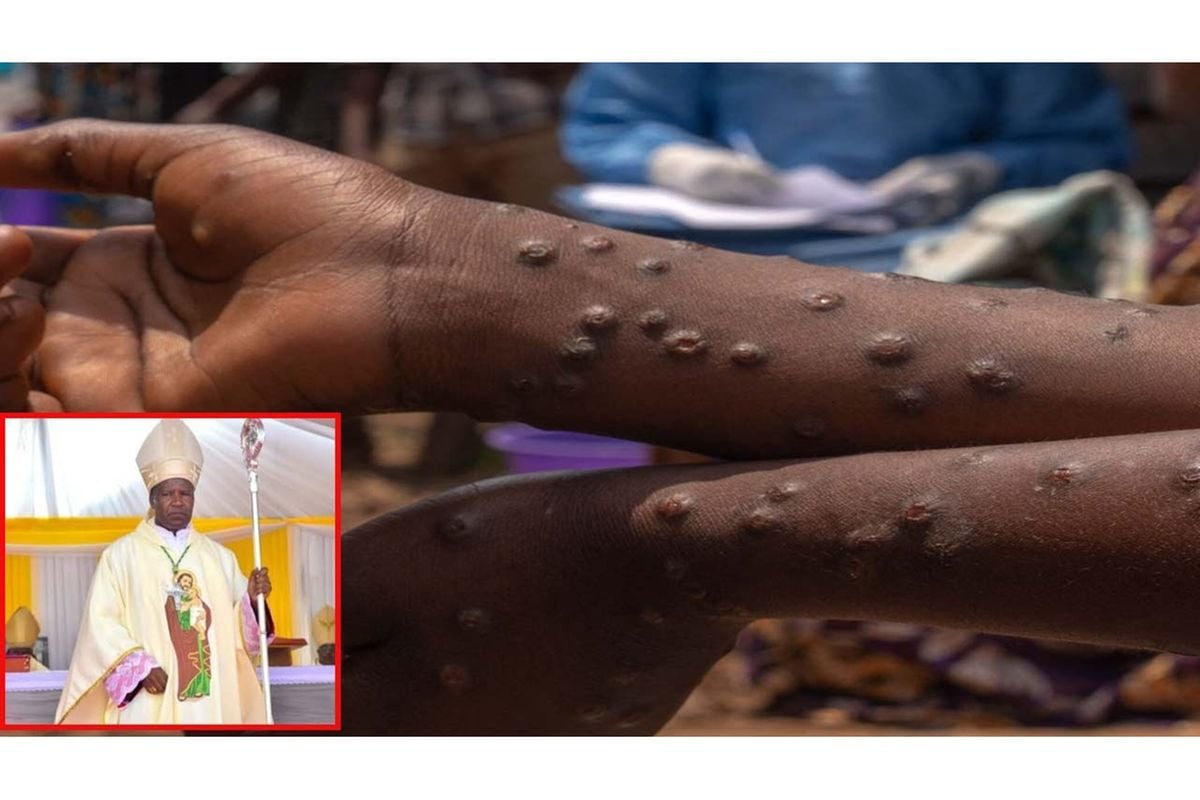Dar es Salaam. Mamlaka ya Hali ya Hewa Tanzania (TMA) imetoa tahadhari ya uwezekano wa kutokea kwa upepo mkali unaozidi kilomita 40 kwa saa, kwa siku tatu mfululizo kuanzia leo Jumapili Septemba 1 hadi 3, 2024 katika baadhi ya mikoa nchini.
Upepo huo unatarajiwa kutokea katika baadhi ya maeneo ya ukanda wa kusini mwa Ziwa Tanganyika ikiwemo mikoa ya Rukwa na Katavi na kugusa baadhi ya maeneo ya ukanda wa pwani ya Kaskazini mwa bahari ya Hindi ikiwemo mikoa ya Tanga, Dar es Salaam, Pwani na kujumuisha visiwa vya Mafia, Unguja na Pemba.
Hiyo ni kwa mujibu wa taarifa ya utabiri wa hali ya hewa kwa siku tatu zijazo kuanzia leo Jumapili Septemba Mosi, 2024 uliotolewa na TMA.
Taarifa hiyo imeyataja baadhi ya maeneo ya ukanda wa pwani ya kusini mwa bahari ya Hindi yatakayoguswa ni mikoa ya Lindi na Mtwara.
“Athari zinazoweza kujitokeza ni kuathirika na kughairishwa kwa baadhi ya shughuli za baharini na kuharibika kwa miundombinu ya bahari, hivyo ni vyema kuchukua tahadhari,” imeeleza taarifa hiyo.
Kwa mujibu wa taarifa hiyo, siku ya leo limetolewa angalizo la upepo mkali unaotarajiwa kufikia kilomita 40 kwa saa na mawimbi makubwa yanayofikia mita mbili, huku ukitajwa kugusa baadhi ya maeneo ya ukanda wa kusini mwa ziwa Tanganyika ikiwemo mikoa ya Katavi na Rukwa.
Pia angalizo la upepo mkali unaofikia kilomita 40 kwa saa limetolewa kwa baadhi ya maeneo ya ukanda wa pwani ya Kaskazini mwa bahari ya Hindi inayohusisha mikoa ya Tanga, Dar es Salaam, Pwani, visiwa vya Mafia,Unguja na Pemba.
“Athari zinazoweza kujitokeza ni kuathirika kwa baadhi ya shughuli za kiuchumi, uvuvi na usafirishaji baharini,” imeeleza taarifa hiyo.
Kesho Jumatatu Septemba 2, 2024, taarifa hiyo inatoa tahadhari ya upepo mkali unaozidi kilomita 40 kwa saa, mawimbi makubwa yanayozidi mita mbili katika baadhi ya maeneo ya ukanda wa pwani ya Kusini mwa bahari ya Hindi hasa mikoa ya Lindi na Mtwara.
Uwezekano wa kutokea kwa upepo huo unatajwa kuwa mkubwa licha ya athari zake kuwa kiwango cha wastani.
“Angalizo la upepo mkali unaofikia kilomita 40 kwa saa na mawimbi makubwa yanayofikia mita mbili limetolewa pia kwa baadhi ya maeneo ya ukanda wa pwani ya Kaskazini mwa bahari ya Hindi ikiwemo mikoa ya Tanga, Dar es Salaam, Pwani ikijumuisha visiwa vya Mafia, Unguja na Pemba.”
“Pia ukanda wa kusini mwa Ziwa Tanganyika katika mikoa ya Katavi na Rukwa na ukanda wa Ziwa Nyasa ikiwemo mikoa ya Ruvuma na Njombe,” imeeleza sehemu ya taarifa hiyo.
Taarifa hiyo imeeleza kuwa Septemba 3, 2024 tahadhari ya upepo mkali unaozidi kilomita 40 kwa saa na mawimbi makubwa yanayozidi mita mbili, imetolewa kwa baadhi ya maeneo ya ukanda wa pwani ya Kusini mwa bahari ya Hindi ikiwemo mikoa ya Lindi na Mtwara.
Pia angalizo la upepo huo limetolewa kwa baadhi ya maeneo ya ukanda wa pwani ya Kaskazini mwa bahari ya Hindi ambayo ni mikoa ya Tanga, Dar es Salaam, Pwani ikijumuisha visiwa vya Mafia, Unguja, Pemba, Lindi na Mtwara.
Source: mwananchi.co.tz

